Ganesh Chaturthi, also known as Vinayak Chaturthi or Ganeshotsav, is a vibrant Hindu festival that holds a special place in the hearts of millions across Bharat and the Hindu diaspora around the world. Hindu mythology is a treasure trove of textual blueprint, each with its unique symbolism and significance define ways to visualise Hindu deities like today’s Generative AI or Creative AI. Among these, Lord Ganesha stands out as a beloved deity, revered not only for his elephant-headed appearance but also for the myriad roles he plays in the lives of his devotees.
Ganesh Chaturthi grand celebration is dedicated to the beloved elephant-headed deity, Lord Ganesha, who is revered as the God of New Beginnings and the Remover of Obstacles. For generations, my family has been welcoming Lord Ganesh into our home for a ten-day celebration. In this blog post, I will share the profound traditions and cultural significance that surround Ganesh Chaturthi.”
The Birth of Ganesh Chaturthi
The exact origin of Ganesh Chaturthi remains shrouded in history, but its popularity surged dramatically in 1893, thanks to the efforts of freedom fighter Bal Gangadhar Tilak. In an era of British colonial rule, Tilak saw the festival as an opportunity to unite Hindus and other communities to forge a “National freedom fight.” His vision led to the transformation of Ganesh Chaturthi into a public celebration, a tradition that endures to this day.
Ganesh Chaturthi follows the lunar calendar and typically falls between late August and mid-September in the Gregorian calendar. The specific date is determined by the Chaturthi Thithi, ensuring that devotees celebrate this auspicious occasion when the energy is most aligned as per the divine blueprint of Hindu mythology.
Home Celebrations by millions like myself
At the heart of Ganesh Chaturthi are the beautiful, handcrafted clay idols of Lord Ganesha. Families prepare for this festival weeks in advance, procuring puja items, and booking the Ganesh murti well ahead of time. The actual celebration begins with welcoming Lord Ganesha Idol at home, accompanied by the recitation of holy mantras, bhajans, and offerings of flowers, durva grass, karanji, and modaks.
Domestic celebrations are a cherished time for families to come together, share prayers, and strengthen their bond with the divine. The festival concludes with the immersion of the Ganesha idol in a nearby body of water (but i prefer to create my own small water tank), symbolizing His return to the celestial realm and the removal of obstacles from homes and lives.
Public Celebrations
Ganesh Chaturthi is not limited to private celebrations; it’s also a grand public affair. The most cherish part of my childhood memory are these public celebration, when Local youth groups, neighbourhood associations, and trade organizations come together to organize elaborate public celebrations. Months of preparation go into creating ornate mandaps (temporary shelters) and pandals for the idols. These public events feature cultural activities, including singing, theatre performances, and orchestral shows, as well as community service initiatives like medical checkups and blood donation drives.
Visualising Lord Ganesha
With the handy blueprint of Hindu textual mythology, devotees visualise Lord Ganesh in many forms. Most common Lord Ganesha’s unique appearance is his elephant head, potbelly, and endearing demeanour, invites not only reverence but also deep affection. He is often depicted with multiple hands, each holding symbolic objects representing various aspects of life. This visual representation allows devotees to further view Ganesha in different roles:
- Remover of Obstacles: Ganesha’s prominent role is that of a Vighnaharta, the remover of obstacles. Devotees visualize him as the divine force that clears the path, enabling them to overcome life’s challenges with resilience.
- The Healer: With his compassionate disposition, Ganesha is also seen as a healer, offering solace to those in physical or emotional pain. His presence soothes wounds and brings inner peace.
- Wealth Manager: Lord Ganesha’s association with wealth and prosperity has earned him the title of “Lakshmi-Pati.” People visualize him as the guardian of their financial well-being, seeking his blessings for abundance.
- Proprietor of Knowledge and Wisdom: Ganesha’s love for books and his intellectual prowess position him as the god of wisdom and learning. Students and scholars turn to him for guidance in their pursuit of knowledge.
Economic Impact
While Ganesh Chaturthi has deep religious and cultural roots, it’s also a significant economic activity in various Indian cities. Artists, industries, and businesses rely on the festival for their livelihoods, making it a platform for budding talent. The festival unites people of different religions who come together to participate in the celebrations, showcasing the unity in diversity that India proudly represents.
For me Ganesh Chaturthi is not just a festival; it’s a spiritual journey that brings people closer to the divine and to each other. It symbolizes the triumph of good over evil, the removal of obstacles, and the promise of new beginnings. Whether celebrated in the intimacy of one’s home or in the grandeur of a public pandal, Ganesh Chaturthi is a testament to the rich tapestry of India’s traditions and the enduring love for Lord Ganesha. As Vighnaharta, the remover of obstacles, clears my path and allows me to celebrate this year’s festival in grandeur with my baby girl, Bhavvya, my aspiration is to embody the collective hopes and prayers, ensuring that the blessings of Lord Ganesha continue to grace us all.
#AskDushyant
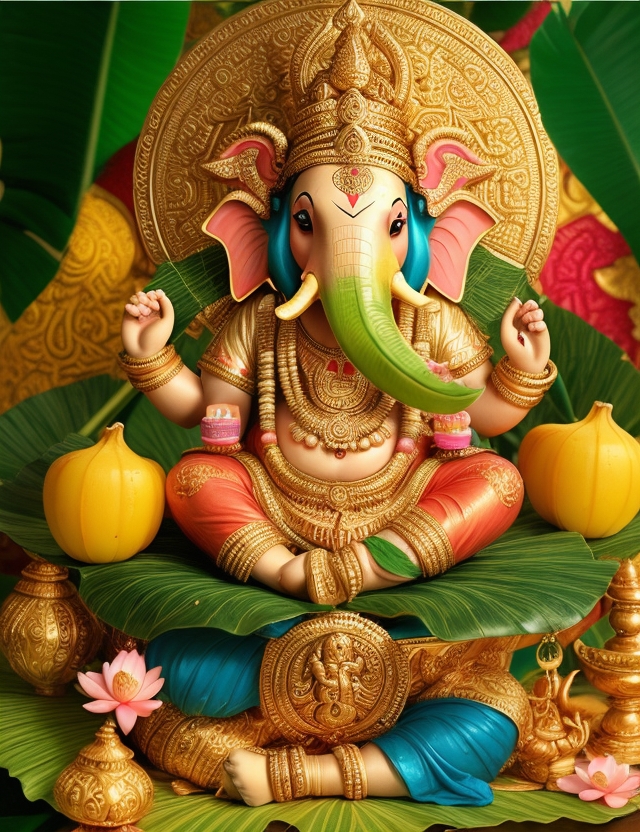
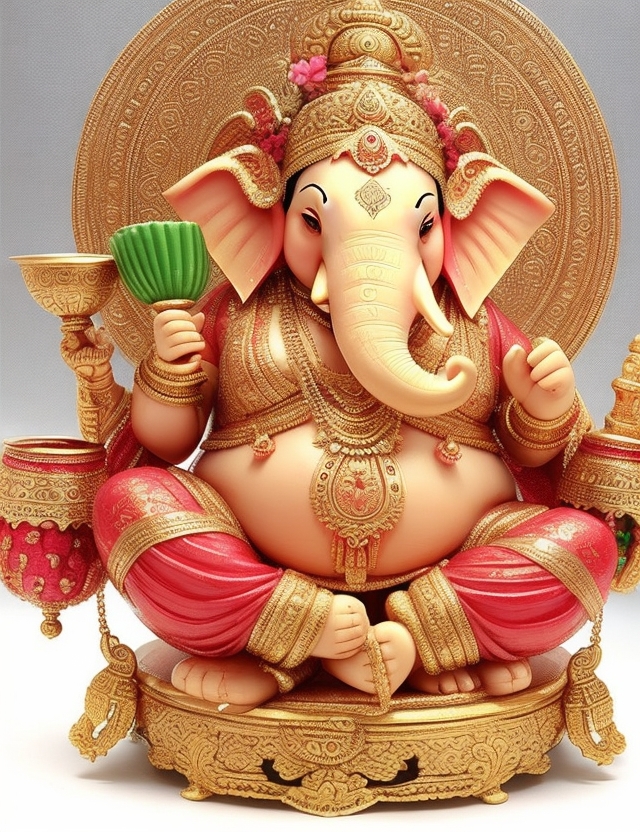
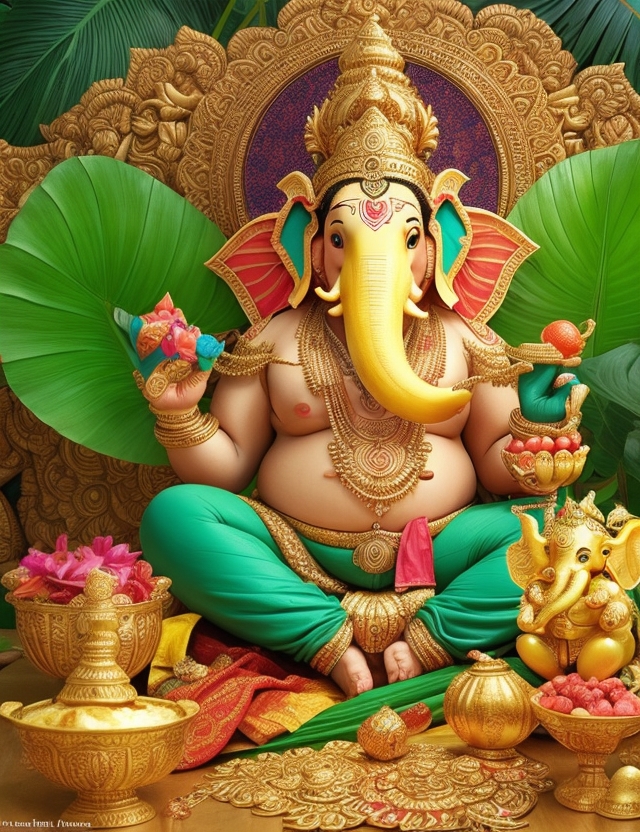
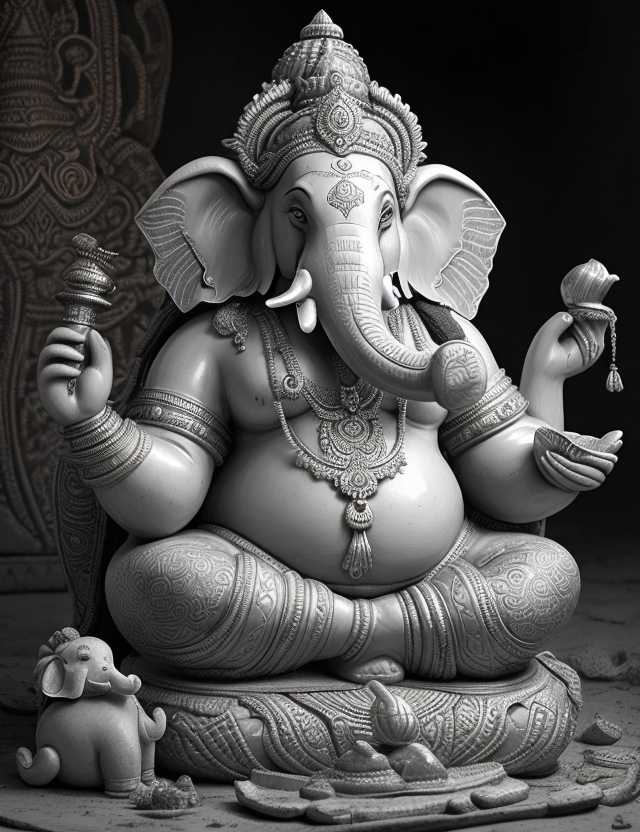
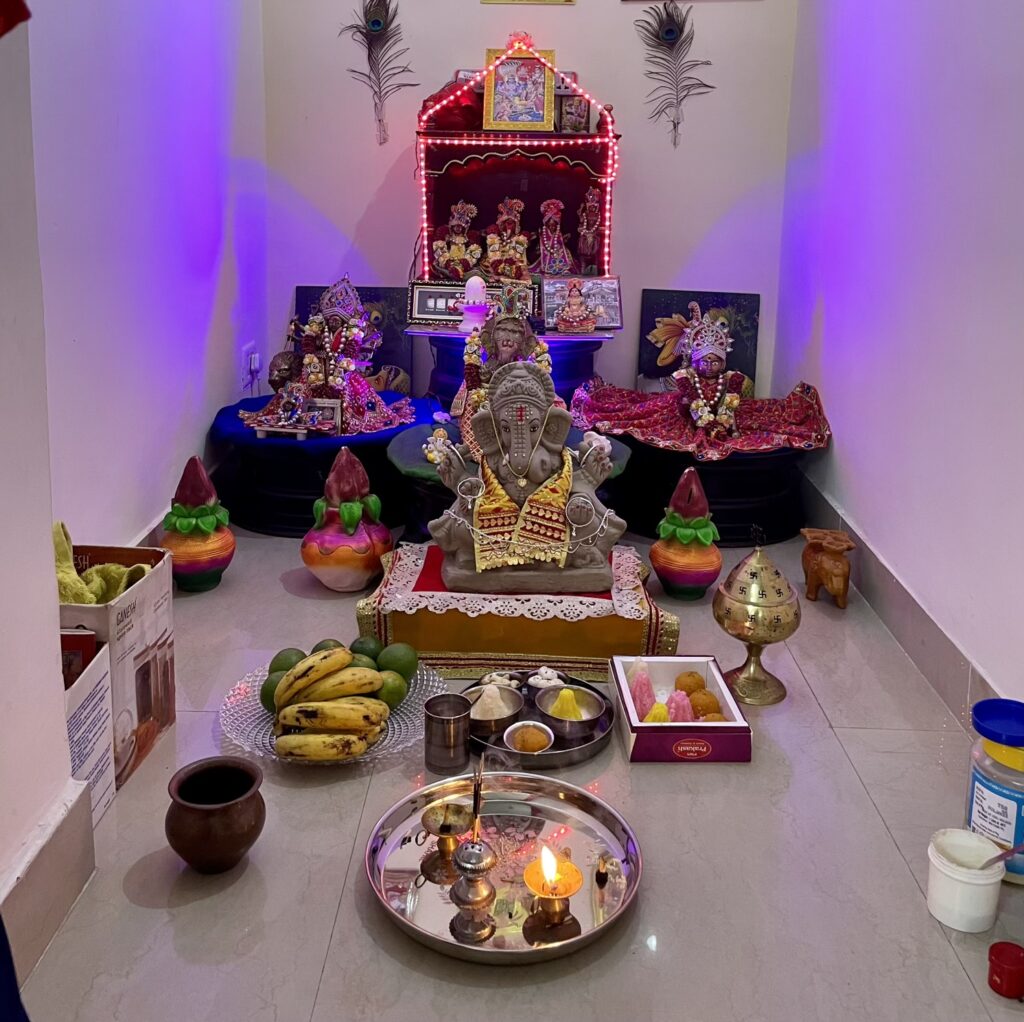


Leave a Reply